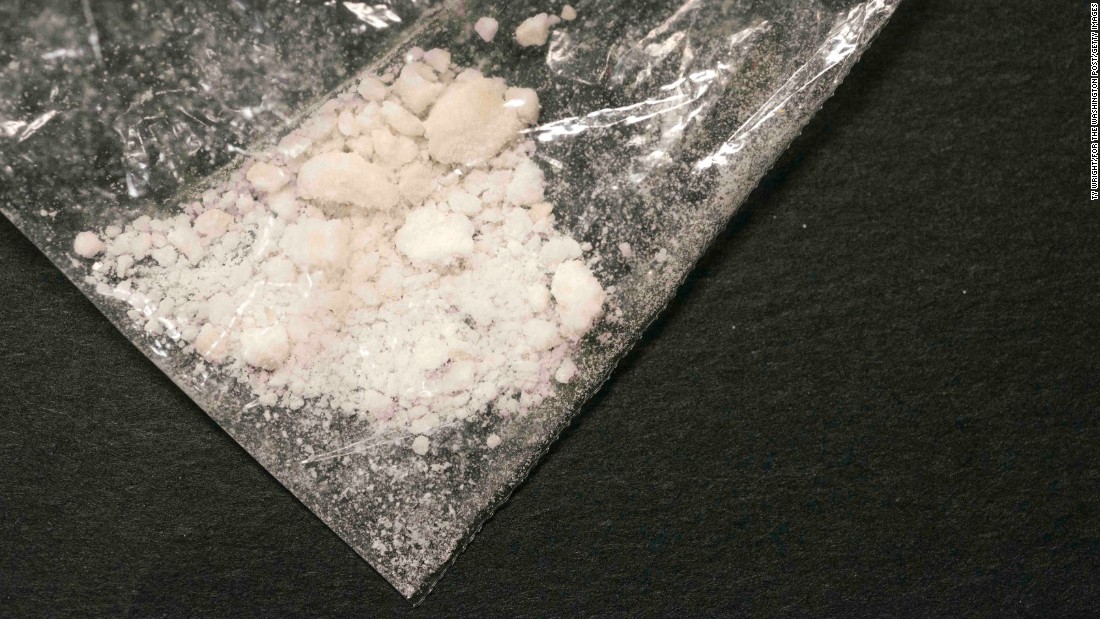Greenland's Ice Conceals A U.S. Nuclear Base: History And Implications

Table of Contents
The Cold War Project: Camp Century & Project Iceworm
During the height of the Cold War, the United States embarked on a top-secret project codenamed "Iceworm." Disguised under the cover of a seemingly innocuous scientific research station, Camp Century, the true objective was far more ambitious: to establish a network of underground nuclear missile silos within the Greenlandic ice sheet. This audacious plan aimed to provide a strategic military advantage against the Soviet Union, leveraging the Arctic's unique geographical features.
-
Initial goals: The official stated goal was scientific research, studying the properties of the Greenland ice sheet. However, the primary, clandestine objective was the deployment of a network of nuclear missile launch sites for Project Iceworm, providing a first-strike capability against the USSR.
-
Challenges faced: The project encountered significant logistical and engineering challenges. The unstable nature of the ice sheet proved to be a formidable obstacle. Maintaining the infrastructure in the extreme Arctic environment, including power generation, transportation, and waste management, presented insurmountable difficulties. Ultimately, Project Iceworm was deemed impractical and abandoned.
-
Abandonment and the legacy of radioactive waste: When the project was abandoned in 1966, significant amounts of radioactive waste, including coolant, equipment, and building materials, were left behind, buried within the ice. This legacy of nuclear contamination continues to pose a significant environmental threat. The exact amount and location of this waste remains a matter of ongoing debate and concern, making "Greenland Nuclear Waste" a critical issue.
Environmental Concerns: Radioactive Waste and Climate Change
The abandoned Camp Century site represents a ticking environmental time bomb. The potential for radioactive waste leakage, exacerbated by the effects of climate change, poses a serious threat to the delicate Arctic ecosystem.
-
Radioactive waste leakage and its potential consequences: As the Greenlandic ice sheet melts at an accelerating rate due to climate change, there is a growing risk of radioactive materials escaping their containment. This could contaminate the surrounding environment, impacting water supplies, wildlife, and potentially even human populations.
-
The effects of thawing permafrost on the containment of radioactive materials: The thawing of permafrost, a direct consequence of global warming, further complicates the situation. The thawing ground could destabilize the buried waste, increasing the likelihood of leakage and spreading radioactive contamination over a wider area. Understanding the interaction between "permafrost thaw" and "nuclear contamination" is critical.
-
The implications for the delicate Arctic ecosystem and indigenous populations: The Arctic ecosystem is exceptionally fragile and slow to recover from environmental damage. Any radioactive contamination could have devastating and long-lasting consequences for the unique flora and fauna of the region. Indigenous communities, who rely heavily on the environment for their livelihoods and cultural practices, would be particularly vulnerable.
Geopolitical Implications: Arctic Sovereignty and Resource Control
The existence of the abandoned U.S. nuclear base in Greenland adds another layer of complexity to the increasingly contested geopolitical landscape of the Arctic. The region's strategic importance is growing rapidly, driven by the potential for resource extraction and the opening of new shipping routes.
-
Renewed interest in Arctic resources (oil, minerals, shipping routes): As Arctic ice melts, access to previously inaccessible resources like oil, gas, and valuable minerals becomes more feasible. This fuels intense competition among nations eager to secure these resources, highlighting the importance of "Arctic resources" and "Arctic sovereignty."
-
Competition between nations for influence and control in the region: The Arctic is becoming a focal point of geopolitical rivalry, with nations vying for influence and control over its territories and resources. The rediscovery of Camp Century and its associated environmental hazards could exacerbate these tensions.
-
The potential for the rediscovery of Camp Century to exacerbate geopolitical tensions: The revelation of the abandoned base and its radioactive waste adds another layer of complexity to the geopolitical dynamics of the region. It raises questions of responsibility, environmental remediation, and sovereignty, potentially fueling disputes between nations.
The Future of Arctic Exploration and Research
The legacy of Camp Century underscores the critical need for transparent, responsible, and ethical practices in all future Arctic exploration and research endeavors.
-
The need for transparent and responsible research practices: All future research and exploration activities in the Arctic must prioritize environmental protection and adhere to the highest ethical standards. Open communication and collaboration with Greenlandic authorities and local communities are crucial.
-
The importance of collaborating with Greenlandic authorities and indigenous communities: Any research or exploration activities in Greenland must involve the full and active participation of Greenlandic authorities and indigenous communities. Their knowledge, perspectives, and concerns must be central to decision-making processes.
-
The long-term monitoring and remediation of the existing radioactive contamination: Addressing the radioactive contamination left behind at Camp Century is a crucial long-term endeavor. Ongoing monitoring, research, and ultimately remediation are essential to mitigate the environmental risks and protect the Arctic ecosystem.
Conclusion
The abandoned U.S. nuclear base in Greenland, a relic of the Cold War, continues to have significant environmental and geopolitical implications. The legacy of radioactive waste and the potential for future conflicts over Arctic resources underscore the urgent need for responsible action. Further research and open dialogue regarding the Greenland US Nuclear Base and its implications are crucial for the responsible management of the Arctic and the protection of its vulnerable environment. We must learn from the mistakes of the past to ensure a sustainable future for this fragile ecosystem. Learn more about the hidden history of the Greenland US Nuclear Base and contribute to informed discussion about its lasting impact.

Featured Posts
-
 Dwyane Wades Take On Jimmy Butlers Miami Heat Departure
May 15, 2025
Dwyane Wades Take On Jimmy Butlers Miami Heat Departure
May 15, 2025 -
 Goldman Sachs Trumps Stance On 40 50 Oil Based On Social Media
May 15, 2025
Goldman Sachs Trumps Stance On 40 50 Oil Based On Social Media
May 15, 2025 -
 Jimmy Butlers Dominant Performance Fuels Golden State Warriors Win Over Rockets
May 15, 2025
Jimmy Butlers Dominant Performance Fuels Golden State Warriors Win Over Rockets
May 15, 2025 -
 Chinas Role In The Fentanyl Epidemic A Former Us Envoys Assessment
May 15, 2025
Chinas Role In The Fentanyl Epidemic A Former Us Envoys Assessment
May 15, 2025 -
 Chinas Fentanyl Trade A Price To Pay Former Us Envoy Weighs In
May 15, 2025
Chinas Fentanyl Trade A Price To Pay Former Us Envoy Weighs In
May 15, 2025
Latest Posts
-
 Will Paddy Pimblett Win At Ufc 314 A Champions Prediction
May 15, 2025
Will Paddy Pimblett Win At Ufc 314 A Champions Prediction
May 15, 2025 -
 Pimbletts Performance Adesanyas Approval Leads To Chandler Matchup
May 15, 2025
Pimbletts Performance Adesanyas Approval Leads To Chandler Matchup
May 15, 2025 -
 Paddy Pimblett And The Ufc 314 Championship A Goats Backing
May 15, 2025
Paddy Pimblett And The Ufc 314 Championship A Goats Backing
May 15, 2025 -
 Adesanyas Endorsement Pimbletts Path To Michael Chandler Fight
May 15, 2025
Adesanyas Endorsement Pimbletts Path To Michael Chandler Fight
May 15, 2025 -
 Ufc 314 Goat Prediction Fuels Paddy Pimblett Championship Hopes
May 15, 2025
Ufc 314 Goat Prediction Fuels Paddy Pimblett Championship Hopes
May 15, 2025
